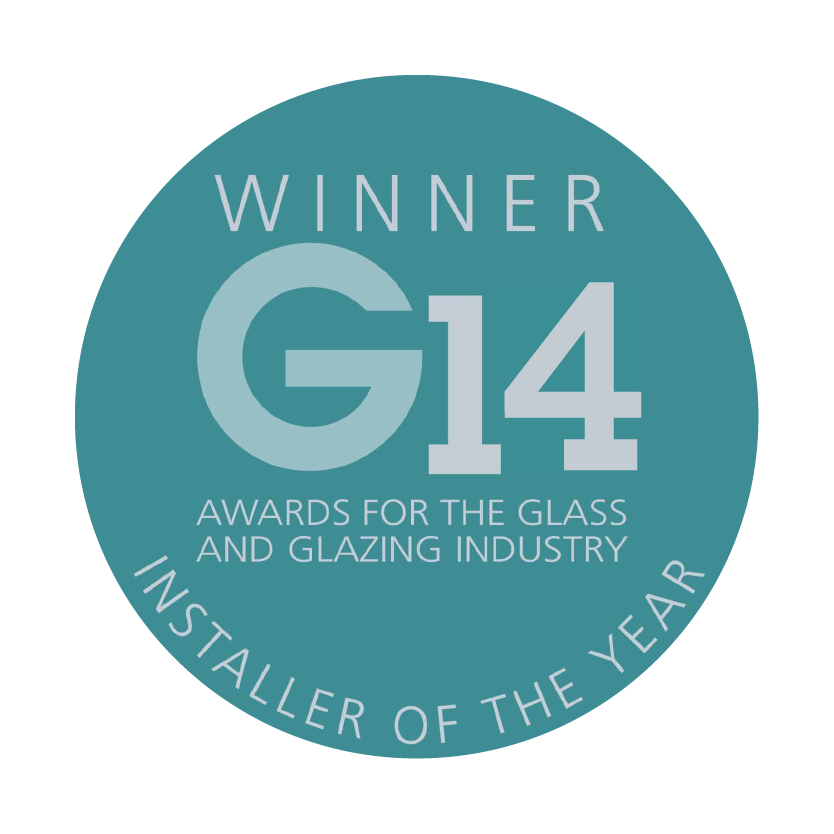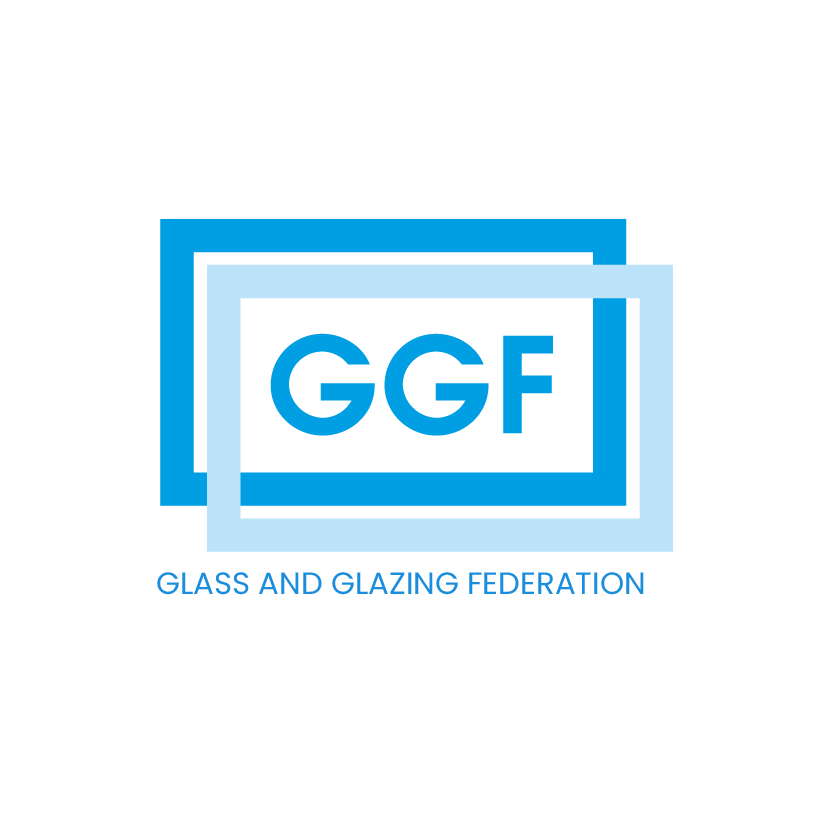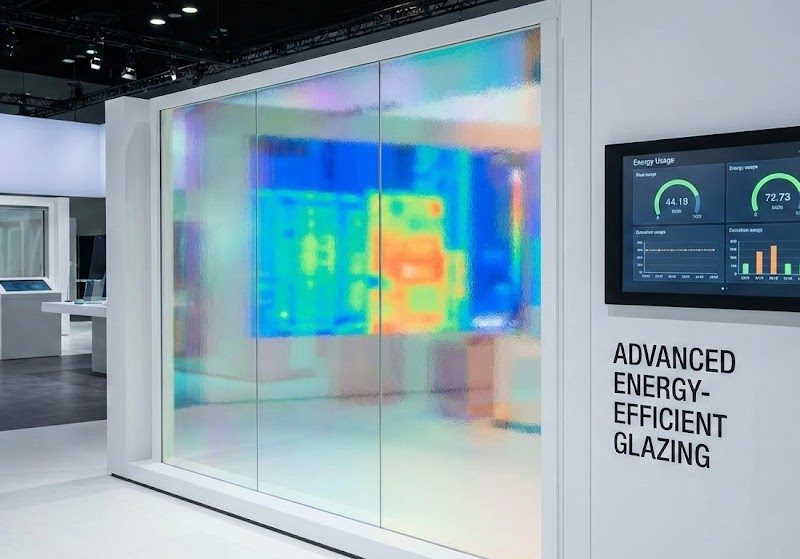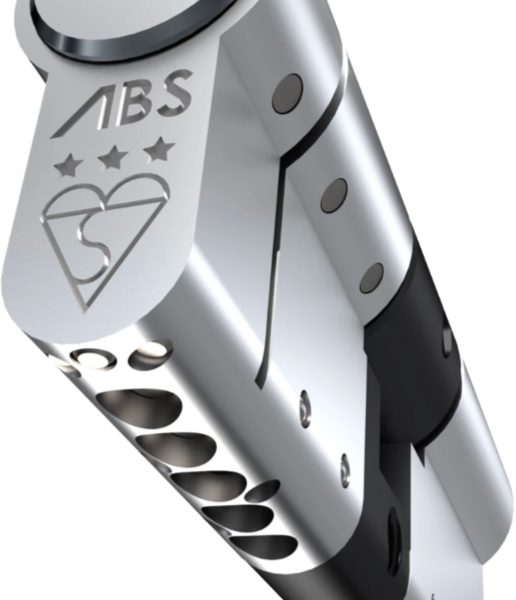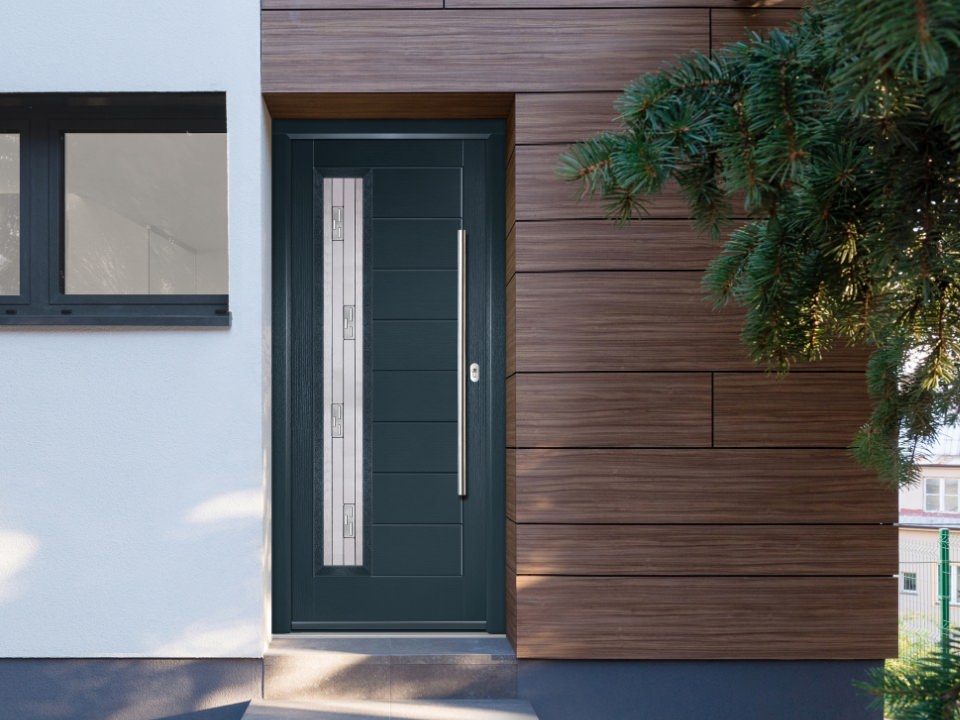
Timber - PVC - Aluminium - Windows, Doors & Conservatories in Hampshire
Composite Doors Explained: Benefits, Types, and Costs
Composite Doors Explained: Benefits, Types, and Costs
Category: Doors / Home Improvement
Reading Time: 10 Minutes
📌 Pillar Guide: Key Takeaways
- The Modern Standard: Composite doors combine multiple materials (PVC, wood, insulating foam, GRP) to outperform single-material doors.
- Superior Security: Their dense core and solid frame make them exceptionally difficult to break down.
- Thermal Efficiency: They offer excellent insulation, keeping your hallway warmer and lowering energy bills.
- Authentic Looks, Low Effort: They mimic the look of real timber but require virtually no maintenance—no sanding or painting needed.
Choosing a new front door can be overwhelming. You’re worried about security, energy efficiency, and picking a style that will last for decades. You’ve heard about “composite doors,” but what are they? Are they really that much better than uPVC or wood?
This guide explains everything. We’ll cut through the jargon to show you what sets composite doors apart, helping you make a smarter choice about the safety, appearance, and long-term value of your property.
Table of Contents
1. What Is a Composite Door? Core Definition
Composite doors represent a modern, engineered entrance solution designed to provide superior performance compared to traditional door materials. According to Fensa, these innovative doors combine multiple materials, typically featuring a solid timber core surrounded by protective layers of uPVC, laminate, or Glass Reinforced Plastic (GRP).
At their core, composite doors blend the best characteristics of different materials to create an exceptionally robust entrance. The internal timber frame provides structural strength and insulation, while the exterior protective layers offer enhanced durability, weather resistance, and aesthetic versatility.
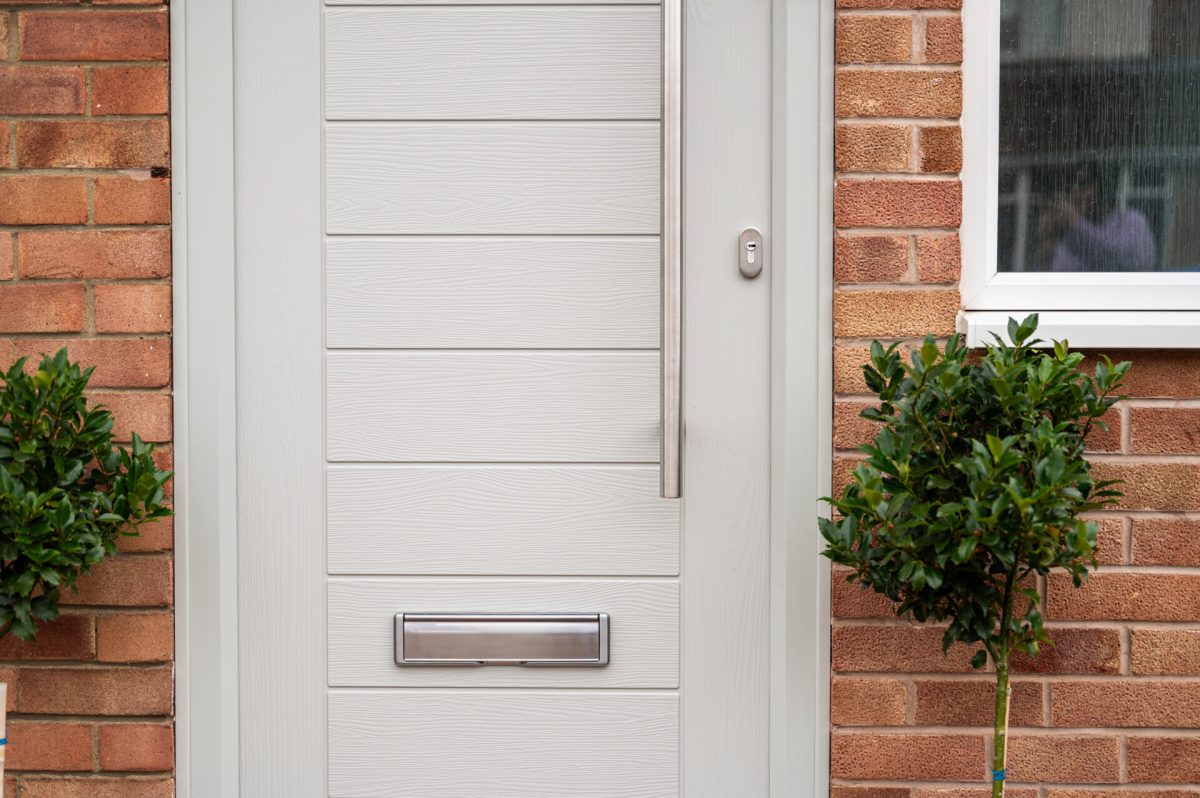
Key Components
Timber Core
Provides fundamental structural integrity and a solid feel when closing.
Protective Layers
Resist weathering, scratches, and fading. No painting required.
Advanced Seals
Precision engineering ensures drafts are eliminated.
2. Types of Composite Doors and Their Differences
Composite doors come in a variety of styles, each designed to meet different aesthetic preferences and functional requirements. When exploring composite door options in Andover, you’ll discover a range of distinctive types.
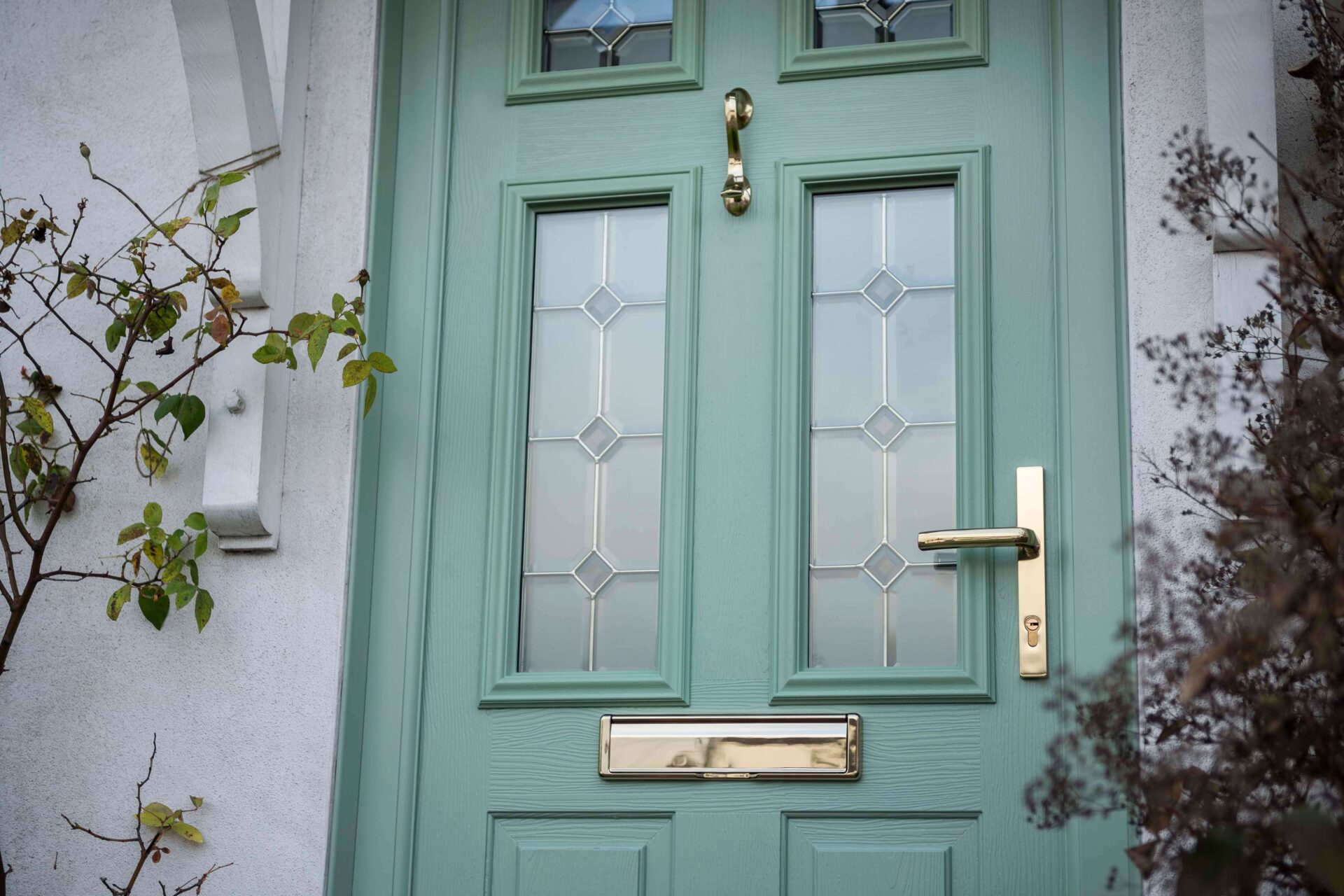
Traditional Panel Designs
Classic rectangular or square configurations mimicking wooden styles. Perfect for period properties.
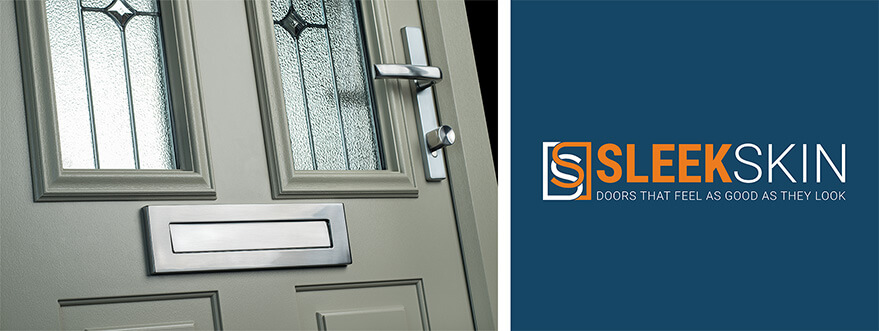
Contemporary SleekSkin Designs
Smooth, minimalist doors with clean lines, often finished with modern stainless steel bar handles.

Georgian & Glazed Options
Incorporating decorative glass panels to maximise natural light while maintaining security.
3. Key Features: Construction, Style, and Security
Composite doors represent an exceptional blend of advanced construction techniques, aesthetic versatility, and robust security features.
Construction Features
- Solid Timber Core: Provides structural integrity and insulation.
- Reinforced Outer Layers: Typically Glass Reinforced Plastic (GRP) or high-grade uPVC.
- Precision-Engineered Frames: Ensuring perfect alignment and minimal thermal bridging.
Style and Aesthetic Considerations
Homeowners can select from a wide range of finishes including woodgrain textures or bold, solid colour options (over 20 standard shades). Hardware finishes include chrome, gold, and brushed steel to complete the look.
4. Composite vs uPVC vs Timber: A Quick Glance
While uPVC is budget-friendly and timber is classic, composite doors offer the best all-round performance.
| Feature | Composite Door | Standard uPVC Door | Traditional Timber Door |
|---|---|---|---|
| Security Level | ⭐⭐⭐⭐⭐ (Excellent) | ⭐⭐⭐ (Good) | ⭐⭐⭐⭐ (Varies by lock) |
| Thermal Efficiency | ⭐⭐⭐⭐⭐ (Excellent) | ⭐⭐⭐⭐ (Very Good) | ⭐⭐⭐ (Moderate) |
| Maintenance | ⭐ (Very Low – Wipe clean) | ⭐ (Very Low – Wipe clean) | ⭐⭐⭐⭐⭐ (High – Painting) |
| Life Expectancy | 30+ Years | 20-25 Years | Variable |
| Cost | Mid-High Investment | Lower Investment | High Investment |
5. Installation Process and UK Regulations
Installing a composite door is a precise process that requires professional expertise. Fensa emphasizes the critical importance of using approved installers who understand the requirements for energy efficiency and safety standards.
Regulatory Compliance
UK building regulations mandate specific requirements for door installations, including thermal efficiency (U-values) and security. Homeowners should always ensure their installer is FENSA certified. This certification validates that the installation meets all national building standards and is crucial for future property valuations.
6. Typical Costs, Maintenance, and Common Pitfalls
Cost Breakdown
Entry-level options range from around £1,100, mid-range doors cost around £1,500, while premium designs range from £1,500 to £2,500. Factors influencing price include:
- Door Style & Glazing: A solid door costs less than one with intricate glazed panels.
- Colour & Finish: Standard colours are more affordable than custom foils.
- Hardware: A premium stainless-steel bar handle will cost more than a standard lever.
Maintenance Considerations
Composite doors are incredibly low maintenance. A simple wipe down with soap and water twice a year is usually sufficient. Unlike timber, no sanding, repainting, or varnishing is ever required. Occasional lubrication of hinges and locks will keep the mechanism smooth.
⚠️ Common Pitfalls to Avoid
- Poor Measurement: Incorrect sizing leads to expensive fitting issues and drafts.
- Cheap Hardware: Low-quality locks compromise the security of an otherwise strong door.
- Inexperienced Installers: Can void manufacturer warranties and lead to poor performance.
7. Frequently Asked Questions (FAQs)
Composite doors are modern entrance solutions that combine multiple materials, typically featuring a solid timber core with protective layers made of uPVC, laminate, or Glass Reinforced Plastic (GRP). This multilayer construction provides enhanced durability, weather resistance, and aesthetic versatility.
There are various types including traditional panel designs, contemporary flush designs, Georgian-inspired styles, and modern glazed options. Each type offers unique features and design elements to suit different architectural styles and homeowner preferences.
Composite doors outperform traditional wooden doors in terms of durability and maintenance (no warping or painting). Compared to uPVC doors, composite doors provide greater design flexibility, a more authentic timber look, and superior security features.
Costs vary based on design and features. Entry-level options start around £1,250, while premium designs with specific glazing and hardware can range from £1,500 to £2,500. This investment is justified by their long lifespan (30+ years).
📚 Composite Door Knowledge Hub
You are currently reading our main Pillar guide. To dive deeper into specific aspects of choosing and owning a composite door, explore our detailed spoke guides below:
Ready to upgrade your entrance?
⭐ Real Reviews, Real Peace of Mind
Our reputation is built on over 700 independent reviews.
- Which? Trusted Traders: 4.9/5 (100% of customers recommend us)
- Google: 4.9/5 (from 250+ reviews)
- Checkatrade: 9.87/10 (from 360+ reviews)
“As a Commercial Construction Project Manager I cannot recommend highly enough the service and window installation that KJM carried out on my home… their communication and service was exemplary.” – KJM Customer Review
We are also a long-standing member of the Glass and Glazing Federation (GGF) and are Trading Standards Approved, so you are fully protected.
- The 2026 Glazing Outlook” – High-level summary of the pivot to growth. - 9 December 2025
- Industry News: The Future Homes Standard 2025 & What It Means for Your Windows - 1 December 2025
- KJM Group MD Attends House of Commons Event to Champion UK Glass Industry - 14 November 2025




